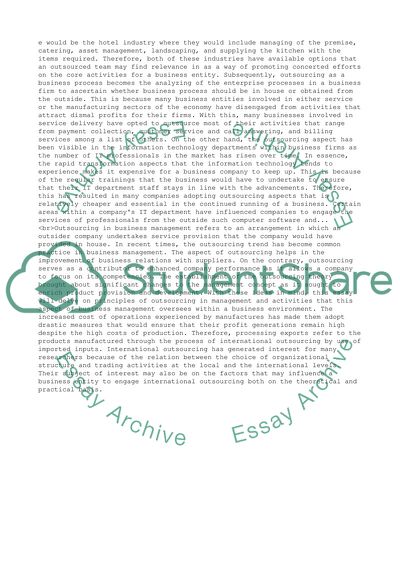Cite this document
(“Outsourcing Term Paper Example | Topics and Well Written Essays - 2250 words”, n.d.)
Outsourcing Term Paper Example | Topics and Well Written Essays - 2250 words. Retrieved from https://studentshare.org/management/1479157-outsourcing
Outsourcing Term Paper Example | Topics and Well Written Essays - 2250 words. Retrieved from https://studentshare.org/management/1479157-outsourcing
(Outsourcing Term Paper Example | Topics and Well Written Essays - 2250 Words)
Outsourcing Term Paper Example | Topics and Well Written Essays - 2250 Words. https://studentshare.org/management/1479157-outsourcing.
Outsourcing Term Paper Example | Topics and Well Written Essays - 2250 Words. https://studentshare.org/management/1479157-outsourcing.
“Outsourcing Term Paper Example | Topics and Well Written Essays - 2250 Words”, n.d. https://studentshare.org/management/1479157-outsourcing.


